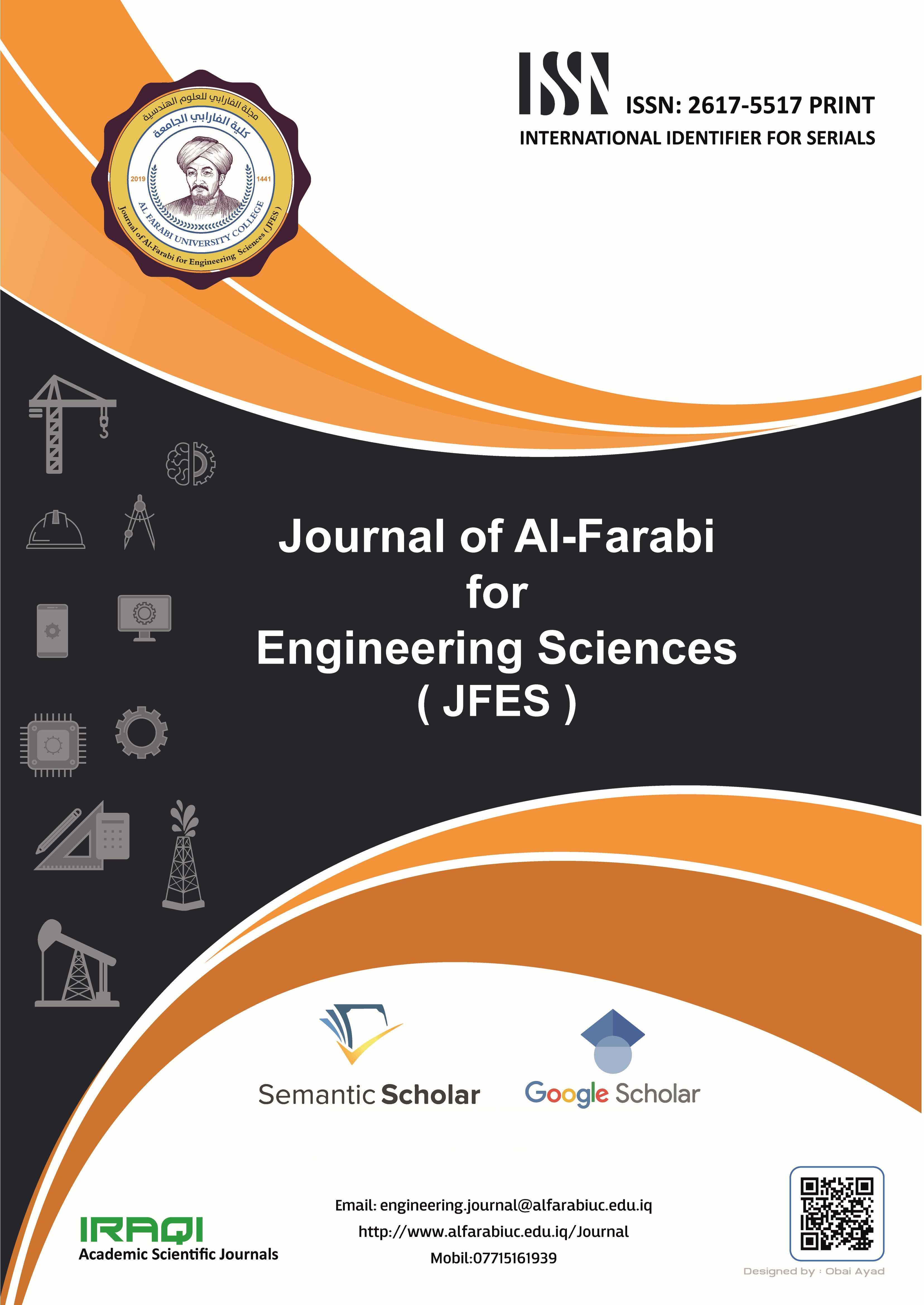Wettability Evaluation by Spontaneous Imbibition Measurement
DOI:
https://doi.org/10.59746/jfes.v1i2.49Keywords:
Imbibition Test, Wettability, Weighing MethodAbstract
The propensity of one fluid in a fluid pair to coat the surface voluntarily is known as wettability. Fluid distribution and flow behavior in porous rocks mainly controlled by wettability. Oil recovery by water flooding depend mainly on the wettability of the reservoir rock. Many methods used for wettability measurement. These methods are qualitative and quantitative. Spontaneous imbibition is one of widely used methods for quantitative wettability measurement. Direct measurement and weighing technique are two known methods for spontaneous imbibition measurement. This work presents comparison between the two aforementioned methods. Experimental measurement of spontaneous imbibition achieved on core samples from the same source. Results approved that the samples are water wet but having different tendencies, the imbibition rate related to time have variable trend in addition, ultimate water saturation in weighing method experiment are higher than that in volume measurement method. The weighing method is better than the volume measurement method.
References
Jerauld, G. R., & Rathmell, J. J. (1997). Wettability and relative permeability of Prudhoe Bay: A case study in mixed-wet reservoirs. SPE Reservoir Engineering, 12(01), 58-65. DOI: https://doi.org/10.2118/28576-PA
Anderson, W. G. (1986). Wettability literature survey-part 1: rock/oil/brine interactions and the effects of core handling on wettability. Journal of petroleum technology, 38(10), 1-125. DOI: https://doi.org/10.2118/13932-PA
Ma, S. M., Zhang, X., Morrow, N. R., & Zhou, X. (1999). Characterization of wettability from spontaneous imbibition measurements. Journal of Canadian Petroleum Technology, 38(13). DOI: https://doi.org/10.2118/99-13-49
Al-Garni, M. T., & Al-Anazi, B. D. (2008). Investigation of wettability effects on capillary pressure, and irreducible saturation for Saudi crude oils, using rock centrifuge. Сетевое издание «Нефтегазовое дело», (2).
Mohamed, M. M. A. (2019). Nmr Characterization And Chemical Enhanced Oil Recovery Using Surfactants In Unconventional Reservoirs.
Salathiel, R. A. (1973). Oil recovery by surface film drainage in mixed-wettability rocks. Journal of Petroleum Technology, 25(10), 1-216. DOI: https://doi.org/10.2118/4104-PA
Morrow, N. R. (1990). Wettability and its effect on oil recovery. Journal of petroleum technology, 42(12), 1-476. DOI: https://doi.org/10.2118/21621-PA
León-Pabón, J. A., Mejía-Pilonieta, T. J., Carrillo-Moreno, L. F., Buendía-Lombana, H., Zapata, J. F., & Díaz-Prada, C. A. (2014). Experimental comparison for the calculation of rock wettability using the amott-harvey method and a new visual method. CT&F-Ciencia, Tecnología y Futuro, 5(5), 5-22. DOI: https://doi.org/10.29047/01225383.30
Donaldson, E. C. (1981). Oil-water-rock wettability measurement. Am. Chem. Soc., Div. Pet. Chem., Prepr.;(United States), 26(CONF-810308-(Vol. 1)).
Gurram Giridhar, R.K.N.R. Manepalli, Gudimamilla Apparao., Thermal and Rheological Measurement Techniques for Nanomaterials Characterization., Micro and Nano Technologies, 2017, Pages 173-195. DOI: https://doi.org/10.1016/B978-0-323-46139-9.00008-6
Amott, E. (1959). Observations relating to the wettability of porous rock. DOI: https://doi.org/10.2118/1167-G
Donaldson, E. C., Thomas, R. D., & Lorenz, P. B. (1969). Wettability determination and its effect on recovery efficiency. Society of Petroleum Engineers Journal, 9(01), 13-20. DOI: https://doi.org/10.2118/2338-PA
David José Nunes Rebelo (2016). A comparison of wettability and spontaneous imbibition experiments of surfactant solution in sandstone and carbonate rocks” MSc thesis, Instituto Superior Tecnico.




